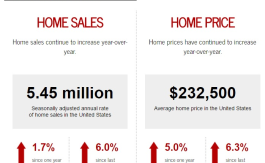Fewer home sales and rising interest rates have led to the nation’s lowest level of mortgage lending in 14 years.
Just $235 billion in home loans were started in the first three months of the year, the lowest figure recorded in a quarter since 2000, according to data from trade publication Inside Mortgage Finance.
That’s down nearly a quarter from the end of 2013 and more than half from the same period last year, when the housing market was heating up, especially in Southern California. And it is lower even than the levels recorded during the worst of the housing crash.
The fall-off was particularly sharp for mortgage refinancing, which was hurt by higher interest rates after record lows last spring. The average 30-year fixed-rate mortgage surged to 4.3%, up from 3.3% last May. That’s still quite low by historic standards, but the run-up, after years of low rates, means there isn’t a lot of demand for refinancing now.
“We’ve had two or three mini refi waves over the course of the last few years,” said Joel Kan, director of economic forecasting at the Mortgage Bankers Assn., noting that many borrowers had already locked in lower rates. “The incentive is not really there for a lot of borrowers to refinance again.”
Those refinance loans had grown to make up an outsized portion of the mortgage business, more than 70% of activity a year ago, said Guy Cecala, publisher of Inside Mortgage Finance.
And new buyers haven’t been picking up the slack.
The rate of home sales has fallen three months in a row, according to the National Assn. of Realtors. It has fallen even faster in Southern California, where sales in March were 16% below last year’s pace, according to San Diego-based DataQuick. There just aren’t a lot of customers out there.
Much like the broader housing market, which has seen a brisk sales pace for higher-priced homes, larger mortgages are moving more quickly, Kan said. Activity is strong above the national “jumbo” loan level of $417,000 and up, he said. But that accounts for only about 15% to 20% of mortgages.
“The other 80%, those are down on a year-over-year basis, and they’ve been down for six months now,” he said.
Kan is one of several economists who see the longtime low interest rates as a factor in slower sales. Homeowners who refinanced into 3% rates two years ago are likely to pay a higher rate today if they were to sell their house and buy something bigger. That’s dampening sales in the so-called move-up market and making it harder for entry-level homeowners to buy in.
CONTINUE READING HERE…







